A Content Management System is a crucial part of any business’s online presence. Depending on your budget and needs, you may favor one type of CMS architecture or another. Download our complete guide to CMS if you want a full picture, but in this article we will explore the 13 must-have features of any CMS, regardless of the type of architecture you choose.
1. Security
Any online system is constantly under attack from bots and malware. Threats can range from viruses, hacks, theft of sensitive information, or ransomware.
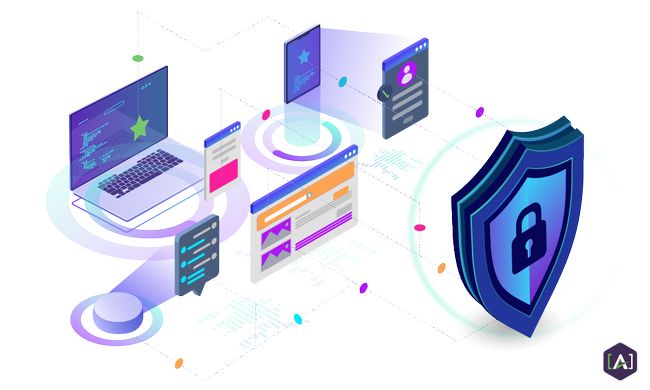
Making sure your business is secure from cyber attacks is incredibly important. Not only do attacks interrupt the continuity of your business, but they are also costly.
Most CMS come with a fairly robust set of security features. Some highly recommended features to look out are:
- Advanced authentication - 2FA (2 Factor Authentication)
- Captchas
- Use of ‘Honeypot’ fields in login forms
- Strict permission rules
- Strict password rules
- Firewalls and antivirus protection against malware attacks
- Ability to set password expiration time frame
2. Powerful Content Editing and Publishing Tools
As a minimum requirement, your CMS should let you easily create, edit, and publish content. The easier it is to use, the more time you’ll have to concentrate on making that content high-quality.
If there are a lot of people involved in producing your content, it is also useful to have version control and the ability to manage content workflow from start to finish, from authoring, editing, and approval to publication, promotion, and reporting.
3. User and role-based administration
Having control over who can access content and features will help you prevent mistakes. Choose a CMS with customizable roles and user administration, including room to expand as your needs change.
Ensuring your chosen CMS allows for role-based rights will help you scale as you grow, as it enables you to manage access for groups of people instead of just individuals.
4. Multi-channel delivery
Delivering content to multiple channels, devices, and interfaces can mean a lot of work and might be a complex task — unless you have a headless CMS that helps you do that efficiently.
Certain CMSs let you create your content once and deliver it anywhere. Others make it easy to add new channels and simply load your existing content onto them.
5. Multilingual & Localization Support
If you currently serve an international audience or expect to in the near future, make sure you choose a CMS that supports multilingual editing tools and intuitive translation workflows.
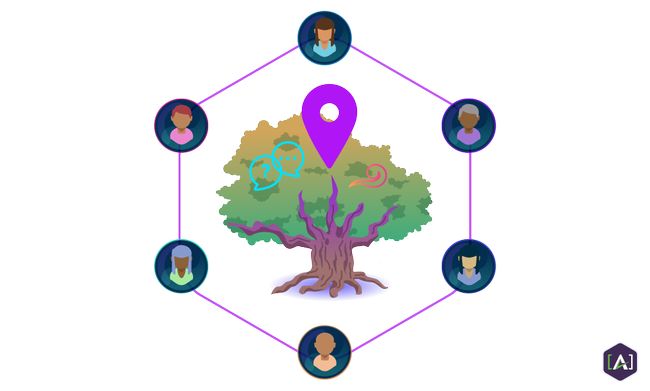
Laws surrounding digital information and privacy vary from country to country, so you’ll want to look for a CMS with information governance controls that comply with local regulations where your customers live.
6. User-friendly and intuitive interface
Using a content management system that is intuitive for the end-user, and that allows employees to quickly re-use branded components such as images, designs, and experiences, will encourage teams to take ownership of the local experience - especially if it also allows all users to use the system in their preferred language.
A system that supports straightforward approval workflows will make the lives of brand managers easier and will in turn support continued effort and excellence in the globalization process.
A CMS with a user-friendly interface will lead to fast adoption, higher productivity and happy motivated users.
7. Testing & Experimentation
To further support your global teams in their localization of the brand into new markets, it’s crucial that they can quickly evaluate the results of their efforts and take autonomous action based on this feedback.
The easiest way to do this is to ensure that the CMS has built-in experimentation capabilities for easy testing of content and experience elements - whether on desktop, mobile, or other channels.
Testing can take on many forms from staging platforms, A/B testing, to responsive preview modes.
8. Personalization
A CMS that allows you to automatically personalize digital experience elements like campaigns, content, or product grids will provide more agility to global teams, as they can easily create variants of the site experience from one global system.
Personalization starts by defining user segments based on a wide range of user characteristics and data that you can combine in rules and conditions.
Personalizing content is based on delivering different versions of content, page assets, and pages to different types of audience, that is, user segments. You should be able to personalize pages, page templates, widgets.
Personalization allows businesses more control to provide better customer experiences at scale. Personalization also leads to higher conversion rates and order value.
According to
Frosmo, compared to the control group of an electronics store, visitors that saw personalized recommendations had a 170% higher conversion rate and 41% higher average order value.
Read our article “Examples of Customer Experience Personalization” for practical examples.
9. Analytics
Use a content management system that has a built-in analytics engine, so your marketing teams, content creators, and brand managers can easily spot visitor trends and opportunities for improvement in the digital experience based on local visitor data.
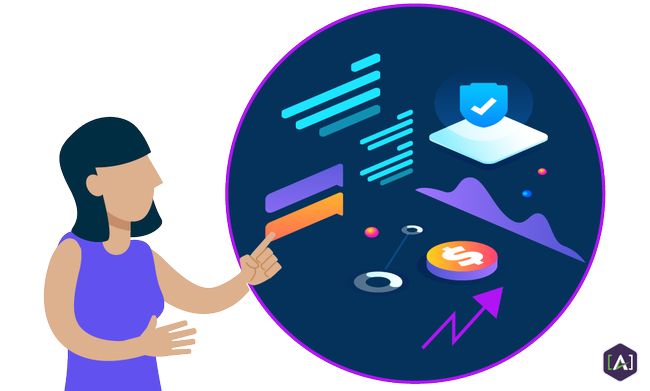
It’s even better if the system can provide this information per persona or user segments, which will give you much more precision in optimizing the content served to your visitors from around the world.
Analytics is a crucial feature for any company that requires personalization to maximize ROI.
10. Scalability
Today's customers demand availability at all times. This means they want to be able to access your content and services whenever and wherever they choose.
Scaling is a way to handle workload variations by adjusting your infrastructure. The increased workload could be anything from an influx of users to a large volume of simultaneous transactions or anything else that pushes the software beyond its designed capacity.
While it's one thing to have scalable hardware or cloud infrastructure, if your CMS isn't designed with scalability in mind, it won't be able to easily utilize the additional computing resources. That's why you need a CMS architecture that can handle increased workloads in-line with your infrastructure capacity.
Some scaling techniques that can be applied to the CMS or infrastructure are:
- Multi-tier scalable web application architecture using microservices (an example is a headless CMS)
- Appropriate caching
- Separate databases for reading and writing concerns
- Database sharding or partitioning
- Cloud-hosting
- Using a CDN
- Using flexible hosting services that automatically adjust infrastructure based on loads.
11. Integration
Is the solution holistic, like Sitecore’s Experience Platform or Kentico’s Kontent, or does it rely on APIs to connect your CMS to other applications, such as CRM, payment gateways, and many other composable functions?
As businesses require more and more specialized features that fit their online business model, it is increasingly difficult to find CMS solutions that meet all those requirements. That’s where integrations with external applications come into play.
Businesses are trying to hand-pick applications that meet their needs to extend the core functionality of their CMS for specialized functions using APIs or microservices.
Below is a display of a small fraction of the thousands of composable commerce components that you can choose from and implement into your own business’ eCommerce and customer experience architecture.
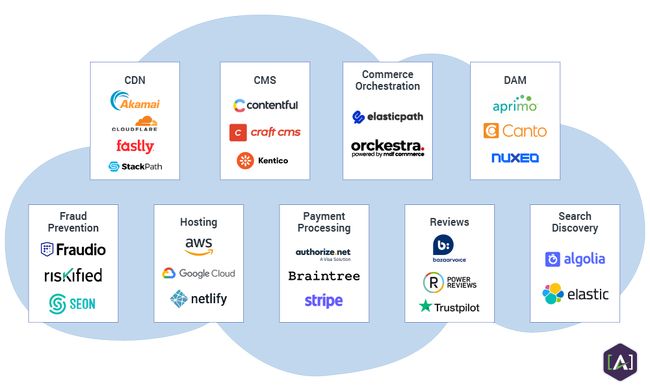
12. On-page SEO functionality
On-page SEO in combination with high quality content is key to findability and higher rankings on Search Engine Results Pages (SERPs).
There is vast array of SEO metadata and other SEO techniques that should be covered by the CMS:
- Basic tags such as title and description
- Image metadata such as title, caption, alt text
- Schema markup for SEO
- Open Graph metadata
Being able to control basic meta tags such as title and description is a must and most CMS apps will have default fields for title and description. Yet a CMS as Wordpress does not include a description tag by default. A plugin has to be used to add meta descriptions to your web pages.
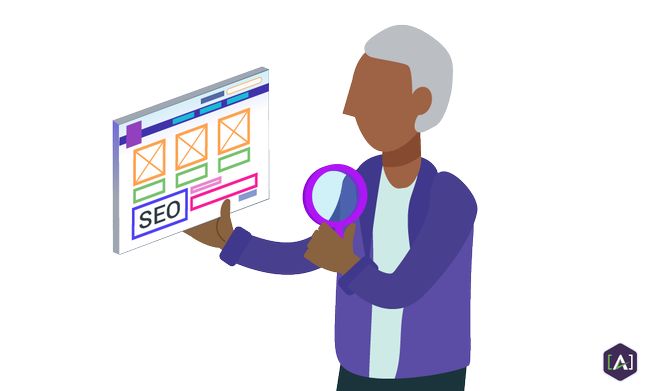
Image optimization and responsiveness is possibly one of the most important factors impacting website performance. As such it is important to verify carefully your CMSs abilities.
Schema markup is still under-utilized by many websites but is gaining importance fast. Although it does not affect ranking directly, it has shown to affect CTR (click-Through-Rate). Make sure your CMS has the ability to implement Schema Markup in a flexible way either at page level (e.g. breadcrumbs) or at website level (e.g. Organization schema). If Schema markup is not included with the CMS, verify if external apps or plugins are available to cover this feature.
Open graph is metadata specifically to control how page information is shared on social media.
13. Training and vendor support
CMS solutions are increasingly complex, with ever-greater promises, but most teams need help to get up and running beyond a basic level.
Vendor support and training can come in many forms. Carefully review the documentation provided, and how complete and clear it is:
- Documentation and tutorials in the form of PDF or videos
- Is there a community forum for Q&A?
- Which communication channels are available?
- Estimated time to get a response or resolution?
- Does the vendor provide training? In group sessions, 1-on-1 or only through recorded videos and documentation?
Have discussions with the vendor about your training and support expectations and request a service-level agreement (SLA) template to have it verified by your legal team.
Not all vendors provide training or extensive implementation assistance but work together with an agency partner network. Simple [A] is such an agency that offers 3rd-party CMS and DXP platform implementation services as well as training and on-going support to our clients.
Conclusion
Before settling on any one CMS, we recommend that you thoroughly research all the features, read all documentation and request demo access or a live demo with a sales rep that can also address your questions.
A demo is often a crucial part of your decision making process and allows you to review all the mentioned features in a live environment.
Get help from [A]’s CMS Implementation Experts
[A]’s CMS engineers are experts with years of experience in implementing Content Management Systems in large organizations. [A]’s expertise lies mainly but not exclusively in implementing headless component content management systems and Jamstack architectures.
By taking a holistic approach to CMS solutions, [A] applies our content modeling and Content Engineering expertise, to assure companies have highly streamlined content supply chains. We look to improve every stage, from authoring to multi-channel publishing, while at the same time fostering personalized next-level Customer Experiences using a Content-as-a-Service model.
[A] is a Kentico, Sitecore and Contentful partner, but we can assist with the implementation of any headless CMS on the market or even assist in developing a custom CMS.
We assist organizations along this entire process assuring the journey is frustration-free and frictionless, and has a successful outcome for your organization.
Contact Us for a Free Consultation.